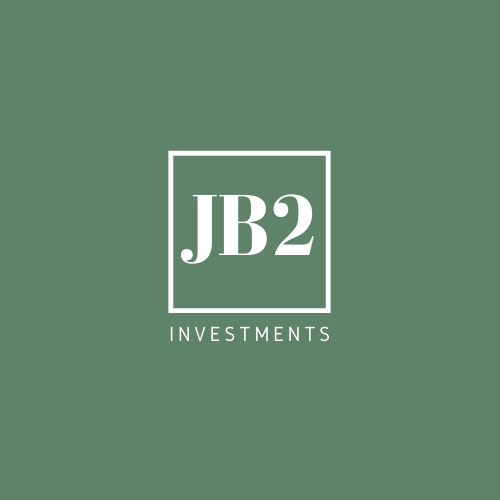5 Factors to Quickly Analyze a Real Estate Investment Deal
Let’s be real - No one has enough time in the day to do a deep dive analysis on hundreds of potential deals. Here at JB2 we focus on 5 factors to help filter deals relatively quickly without losing opportunities. Below we will discuss the 5 factors we consider in the beginning of each analysis: asset size, price per door, location, expenses and rental upside.
Asset Size
At this time, we are focusing on deals priced at 3-8 million, and 50-150 units. This helps us immediately sift through deals that don’t fit this initial criteria. It’s important to try your best to stick to it so you don’t get inundated with deals that don’t fit the vision or your ultimate goal. If something is on the edge of those limits, we still look at it. I found with this method that we have been more focused, wasting less time and focusing more on real opportunities.
Price Per Door
This factor becomes more important as you familiarize yourself with different areas. It’ll help you quickly realize if something is within the average pricing and hopefully below. Though you can use tools like Costar to get that information, it’s more effective when you have first-hand knowledge or have created the comps.
Location
This is where familiarity with the market really comes into play. The location can have an enormous impact on the value and the type of tenant demographic. In all major cities, pockets vary greatly. Even from one side of the street to other, things can be very different. That’s why we have tried to focus on only two markets at this time: Kansas City and Oklahoma City - though I think we can probably fit one or two more into our repertoire. Speaking with a handful of brokers and property managers can help you get a strong feel for a location. But physically being there and spending some time in the city will give you the best insight on the area you are considering investing in.
Expenses
We are always looking at where we can conservatively reduce expenses. Often this means making a management change. We know that in the Midwest, B-C asset class and 50-150 unit size expenses usually range between $4,000-$4,500 a door per year. Therefore, if expenses are significantly higher than that that maybe there is some opportunity to reduce expenses. However, at times there can be a good reason for higher expenses, for example, exceptionally high property taxes in that county. Expense reduction is our preferred method of upside.
Rental Upside
Again, as you become more familiar with the area, the quicker you can determine what kind of rent upside there may be. Otherwise, you would need do a quick rent survey or get a trusted property manager’s opinion. We have fine-tuned the rent survey process so that we can complete it quickly if needed. We tend to have a combination of rental upside and expense reduction.
Of course, there are many additional factors we take into account once the property passes our filters and moves along in the process. The 5 factors outlined here is not an exact science but more of a general outline to get started. There will always be those deals we spent time analyzing that ultimately turn out to be not worth our time. We do this knowingly, that we would rather spend a little time rather than missing out on a solid opportunity.
